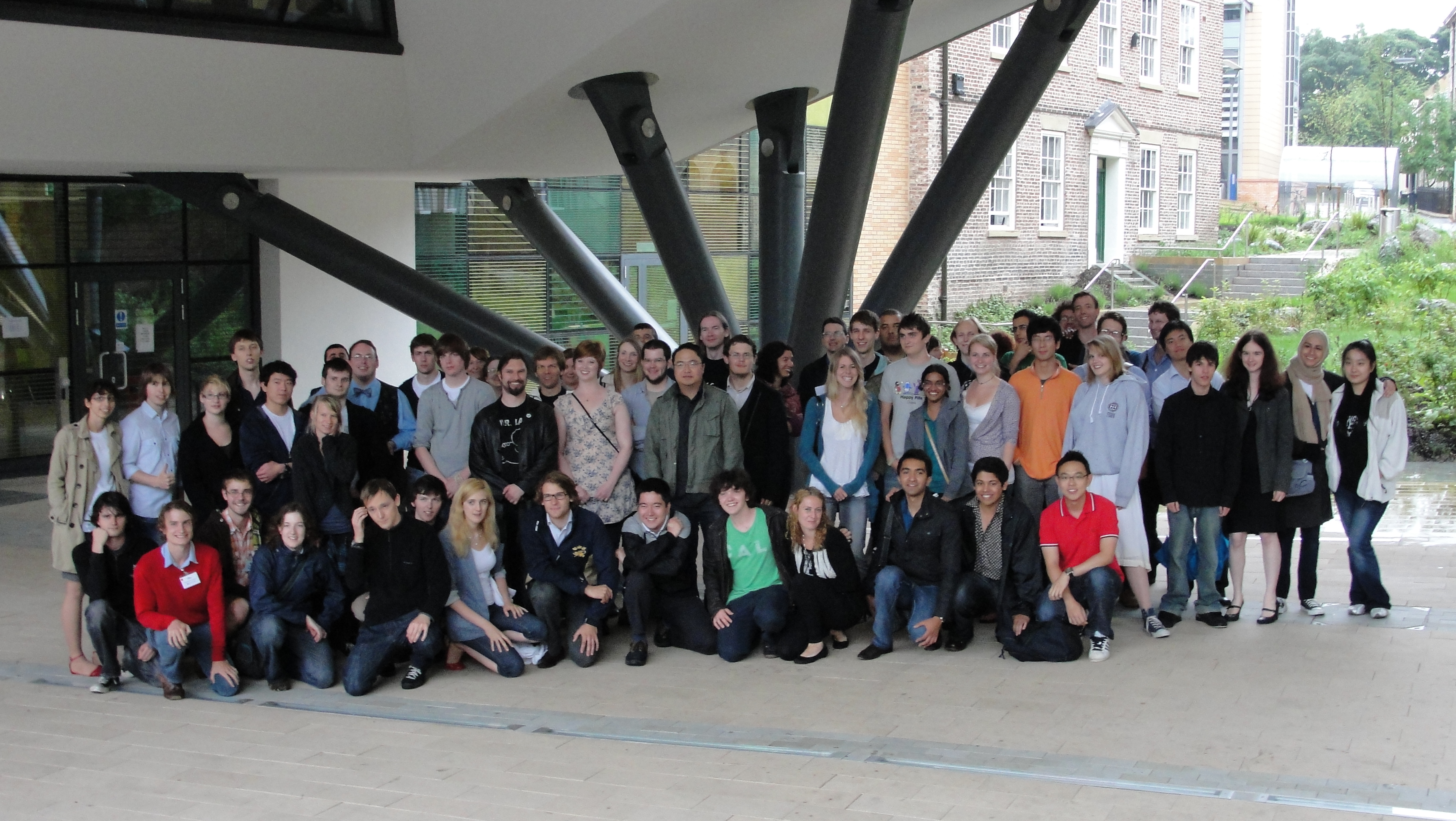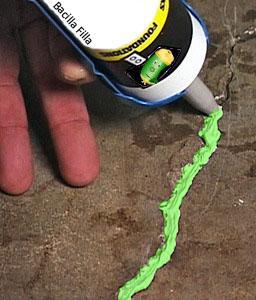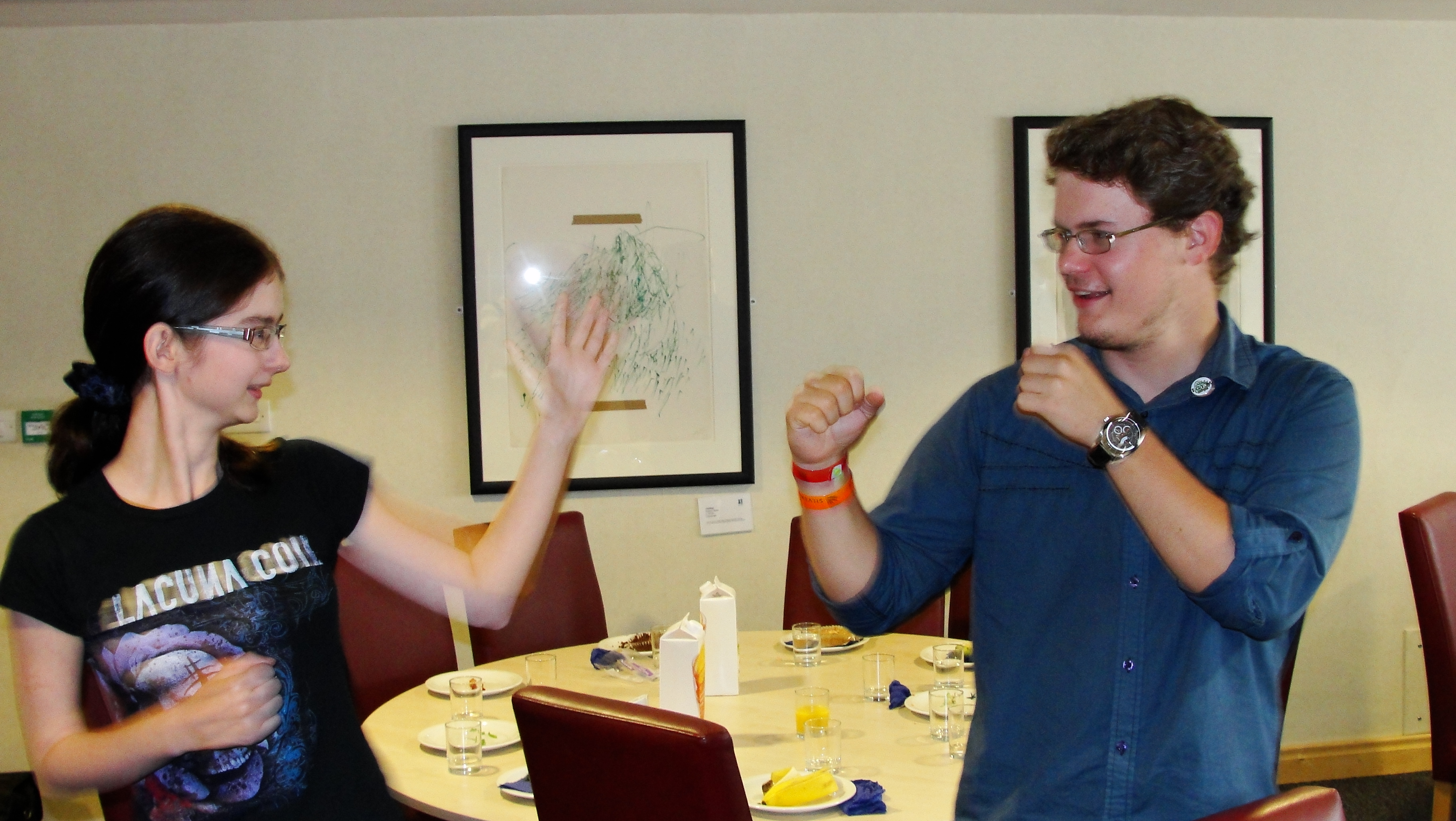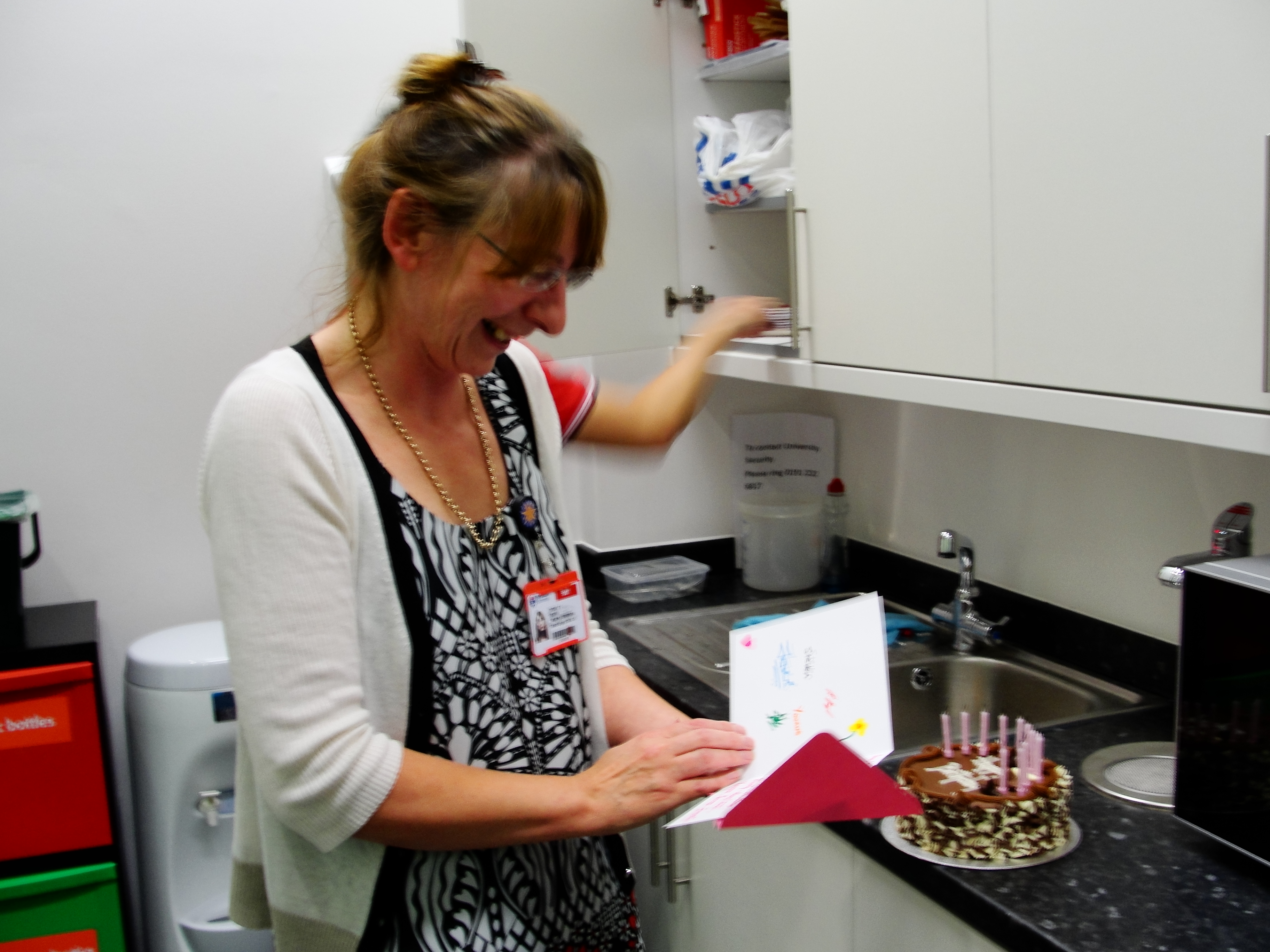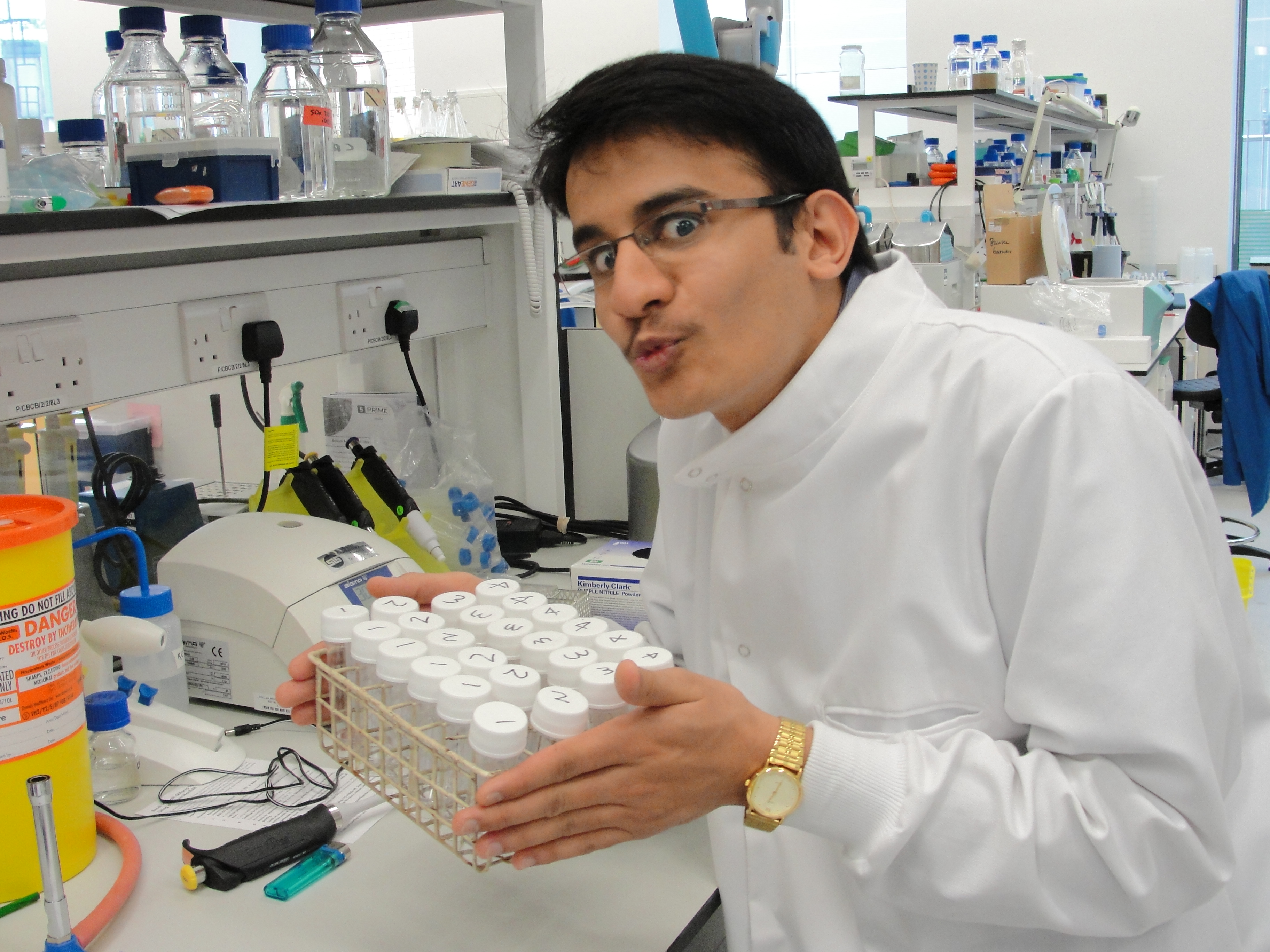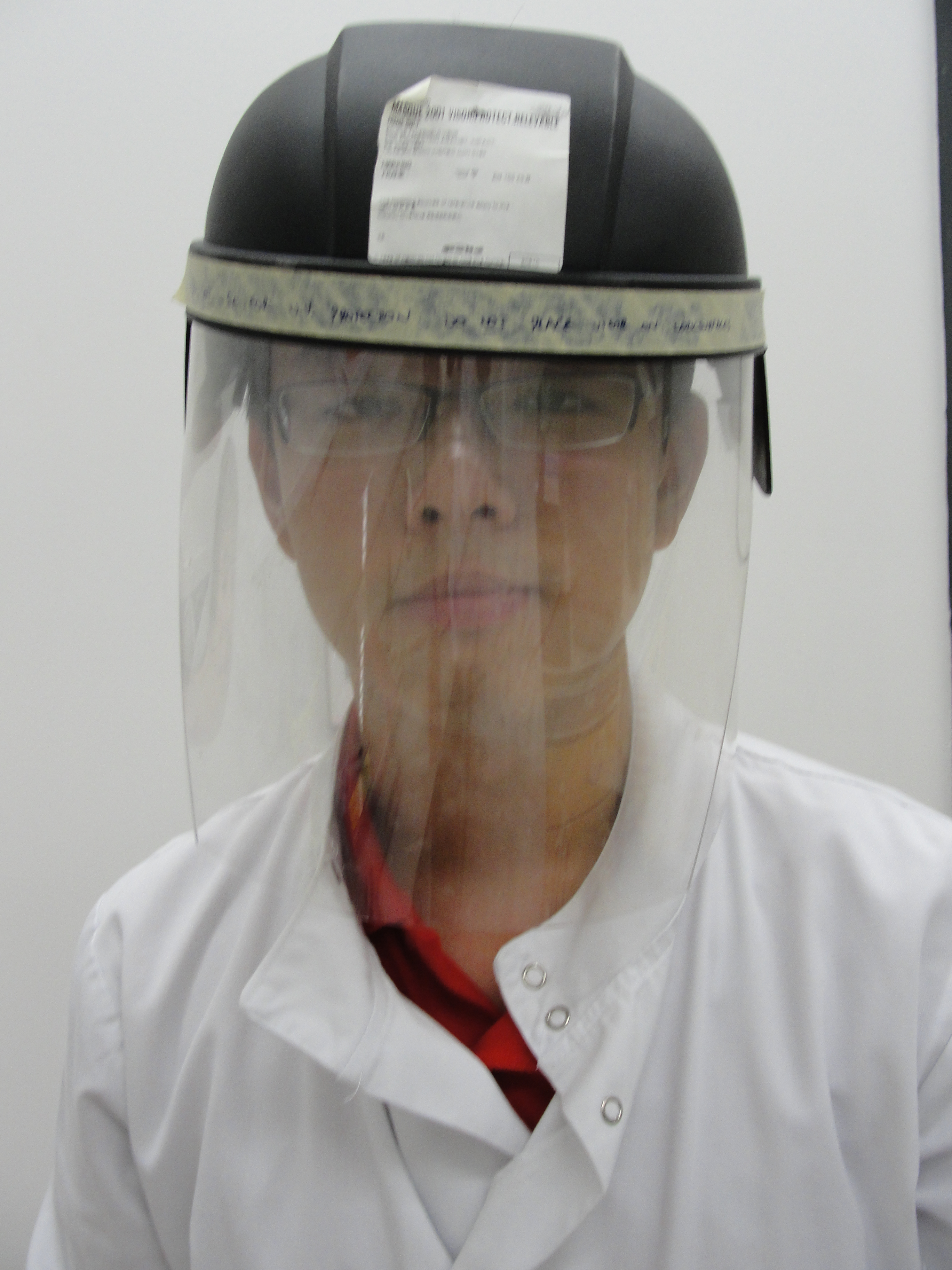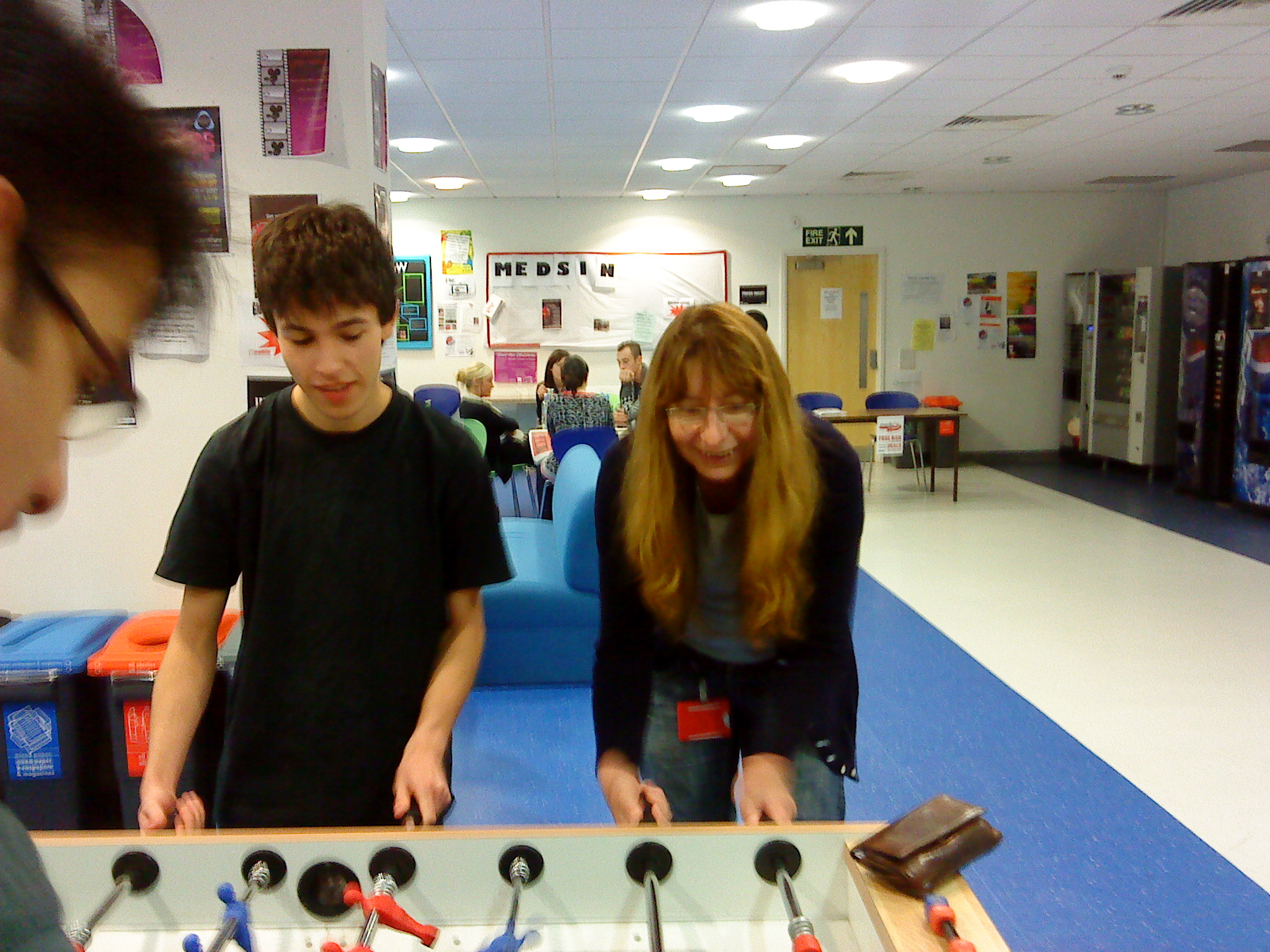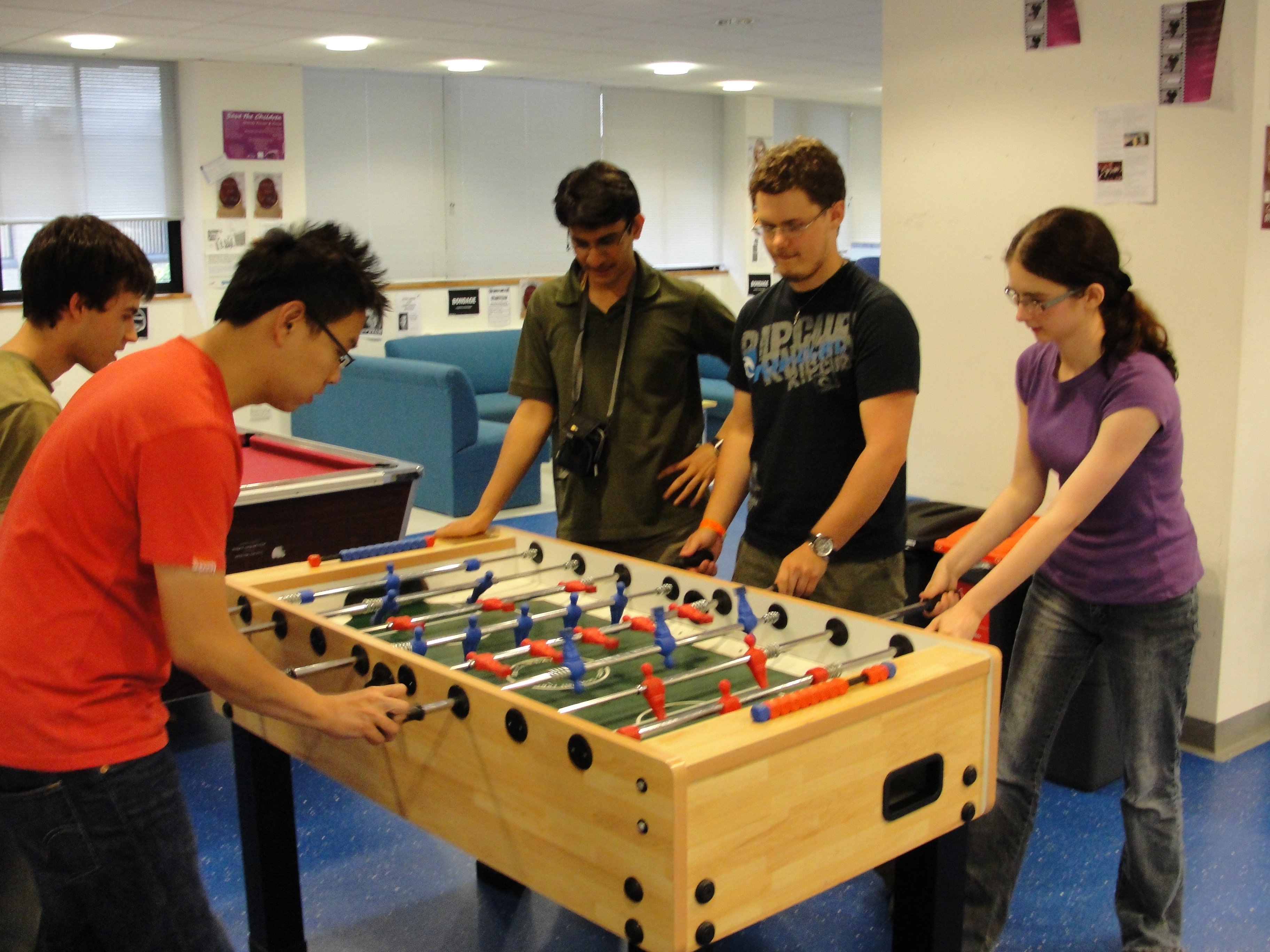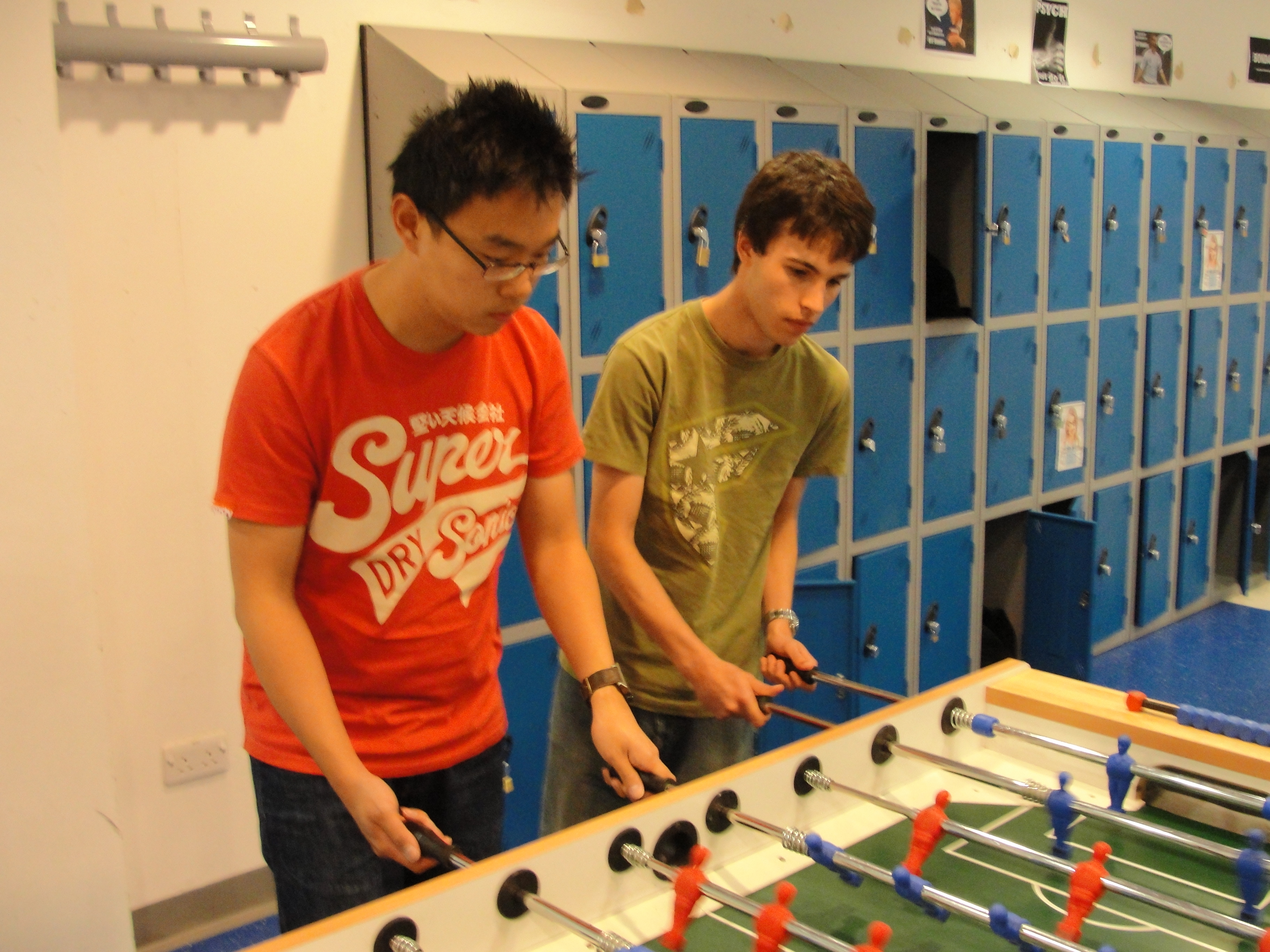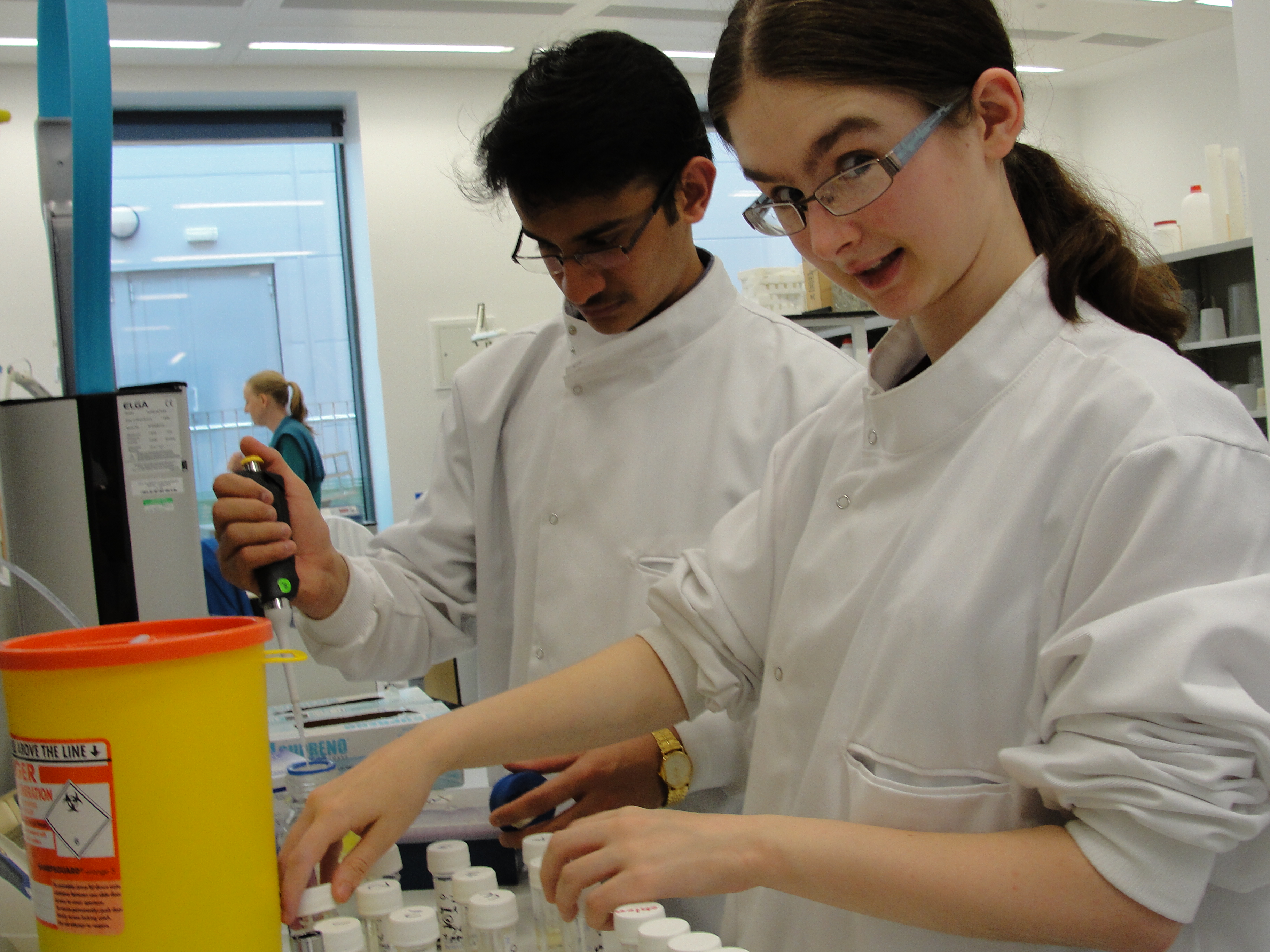Team:Newcastle/other
From 2010.igem.org
Shethharsh08 (Talk | contribs) (→Sub Projects) |
Shethharsh08 (Talk | contribs) (→Sub Projects) |
||
| Line 51: | Line 51: | ||
#Lab | #Lab | ||
##Phil | ##Phil | ||
| - | #Younus | + | ##Younus |
| + | ===Chassis Testing=== | ||
| + | |||
| + | ====Extreme Base Resistance==== | ||
| + | |||
| + | #Research | ||
| + | ##Harsh | ||
| + | ##Steven | ||
| + | #Lab | ||
| + | ##Harsh | ||
| + | ##Steven | ||
| + | |||
| + | ====Swarming==== | ||
| + | |||
| + | #Research | ||
| + | ##Harsh | ||
| + | #Lab | ||
| + | ##Phil | ||
Revision as of 16:56, 27 October 2010

| |||||||||||||
| |||||||||||||
Contents |
Attribution and Contribution
The work on this project (including part design, computational modelling, lab work and graphic design) was completed entirely by a multidisciplinary team of students.
Sub Projects
Filamentous cells
- Resecrh and Design
- Rachel
- Phil
- Deena
- Jannetta
- Lab work
- Alan
- Rachel
- Deena
- Characterization and Testing
- Harsh
- Rachel
- Modelling
- Steven
- Jannetta
Urease
- Research and Design
- Alan
- Steven
- Lab and Testing
- Alan
- Harsh
- Steven
- Modelling
- Steven
Glue
- Research and Design
- Phil
- Lab and Testing
- Every student
Quorum Sensing
- Research and Design
- Alan
- Steven
- Rachel
- Lab
- Phil
- Younus
Chassis Testing
Extreme Base Resistance
- Research
- Harsh
- Steven
- Lab
- Harsh
- Steven
Swarming
- Research
- Harsh
- Lab
- Phil
Details of this work can be found on the Solution, Modelling and Lab book pages. This work is unrelated to the work done by the labs of our instructors and advisors.
Awards
Jamboree
Poster
UK iGEM Get Together
Programme
The Programme for UK Gathering at Newcastle
Presentation
Our Presentation for the UK Gathering at Newcastle
Questions asked about our presentation:
- Would this project require us to change the strength of the filamentous cells in relation to different types of concrete?
- What is the strength of filamentous cells? How do filamentous cells actually help to fill up the cracks?
- How can repairing microcracks in concrete help to prevent a building collapsing in an earthquake?
For answers to these questions see Deena's concrete lecture
Photos
Team Photos
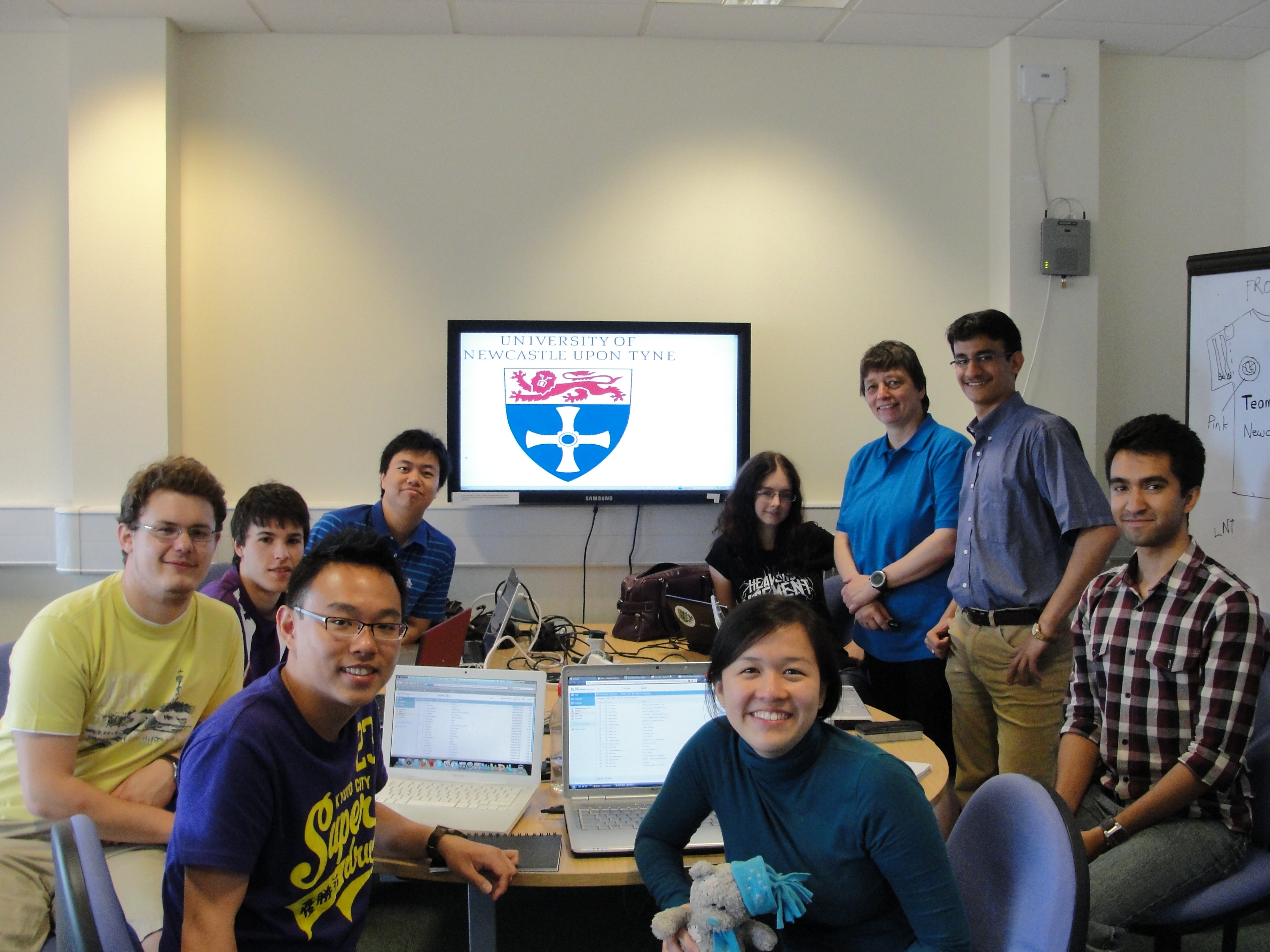
| 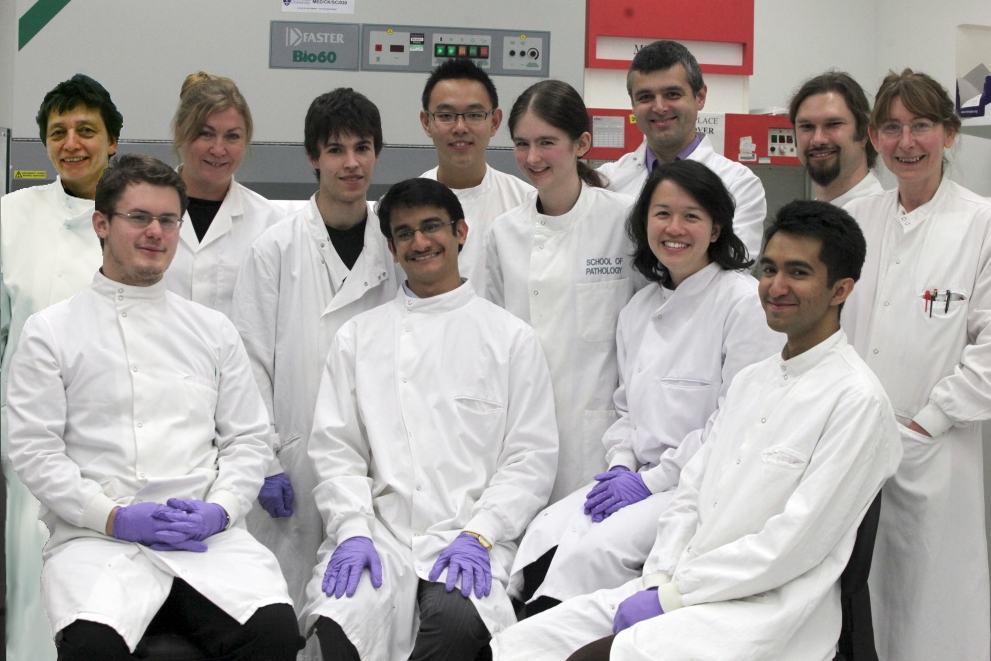
| 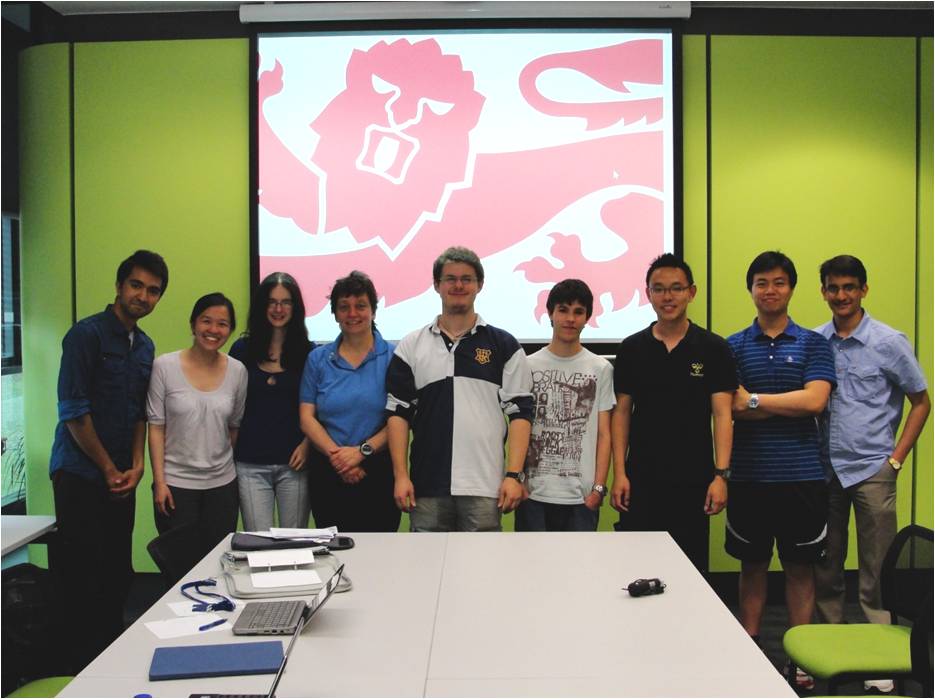
|
Random Photos
Ethics
Synthetic Biology: Background
Synthetic biology is a new research field that has a big potential in coming up with solutions for our everyday problems. However, ethical issues have been raised since the start of development in this field. Here we will discuss the ethical issues that our project will bring.
Biohackers
In this field, there are always people that view synthetic biology's negative aspects with concern, like worrying about the production of pathogens to be used as weapons. Their fears are that people will hack into systems to obtain data that might be used to do this. Therefore, we have to be very careful with the products of our research so that they remain safe in our hands.
Playing God!!!
In synthetic biology, we control the lives of bacteria. We insert proteins into bacteria to make them do what we want them to do. We make them kill themselves at the end of their job because they might be released into the environment and be harmful to other living things. It shows that we do not really treat the single-celled organism as life. However, we are coming up with a novel solution for the environment by healing concrete cracks.
Biosecurity
Bacteria might be harmful to the environment and living things around. Considering the fact that they are such small organisms and could not be spotted with the naked-eye if they are released in air, we make them kill themselves with the ‘kill switch’ biobrick. This can be very inconsiderate standing in a bacteria’s point of view, but it is the novel thing to do to avoid them hurting other living organisms.
Construction: Background
Cracks form in concrete structures as soon as they set. These cracks continue to grow in size if they are not repaired due to the weight of the structure, imposed load, freeze-thaw effect and wind loading. The bigger the cracks are, the higher the rate of water seeping into the steel reinforcements, causing them to corrode and thus weakening the structure. Therefore, we would like to use Bacilla Filla to fill up these cracks before things get worse.
Environmental Disaster
Concrete is a very widely used material in construction. In fact, cement that is used to make concrete is the second most widely used substance in the world after water. Some building structures have to be demolished because the cracks formed appear to be threatening the strength of the structures. These buildings have to be rebuilt in order to reinforce its tensile strength. This is an unsustainable method of recovery because cement is a material that requires a lot of energy to be produced. In the production of cement, the rotating kiln requires the temperature to be between 1350°C-1400°C, which not only uses up a lot of energy resources, but also produces a lot of carbon dioxide. These carbon dioxide contributes to the green house effect which then leads to global warming. Therefore, our project can help to reduce renovation of buildings which in turn lowers the amount of cement that has to be produced each year.
 "
"
